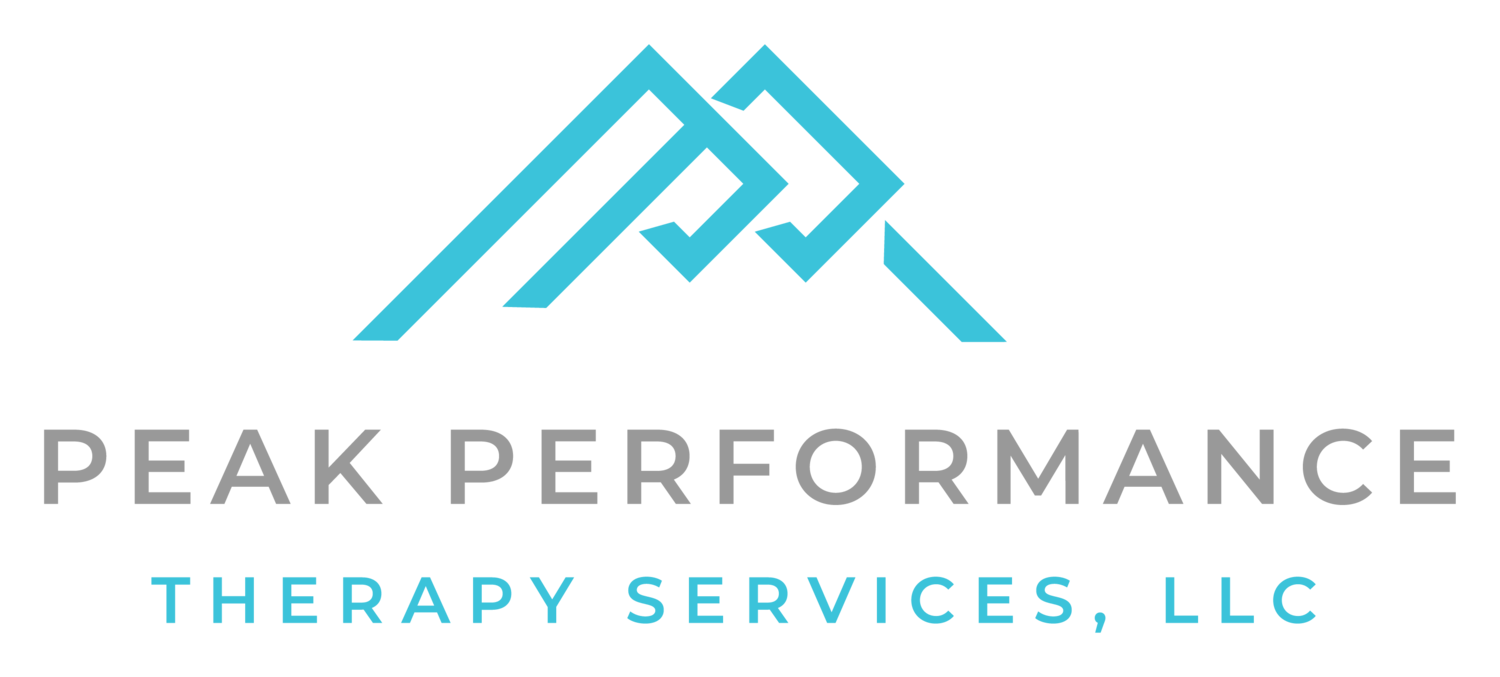Achilles Tendonitis
You’ve really done it this time. You hit your distance goal on your long run this week, but around mile 10, you started having this annoying, nagging pain on the back of your heel. You tried to shake it off and finish out your run, but now it hurts to walk. Stupid long run.
You do a quick Google search and realize you have Achilles tendonitis.
What do you do now?
Let’s cover a few basics on how injuries occur, and how we want to treat them. Overall, injuries are not such a terrible thing (although they may feel that way). They are a sign that either you pushed a little past the limits of what your tissues can withstand in a period of time (AKA: too much, too soon), or you have some incomplete or incorrect mechanics in the way that you are moving that increases the load on those tissues.
The goal of this post is to teach you a few techniques that you can apply to an injured Achilles tendon to decrease pain and start moving like yourself again.
Our first technique is focused on improving the mobility and interlayer glide of the soft tissues that connect with the Achilles tendon, but first, a quick anatomy lesson on the Achilles tendon. The Achilles tendon is a long skinny tendon at the back of the heel that attaches the gastrocnemius and soleus to the heel of the foot. The tissues of the Achilles tendon also merge with the plantar fascia tissues at the bottom of the foot.
In order to reduce the tension and load on the Achilles tendon, we need to work on all of these tissues. There are several different ways to do this, but our favorite is by using a lacrosse ball. Check out our video on this below:
After loosening up all of those tissues, we then really like to use some RockTape (or KT Tape) to decrease pain in the area and increase blood flow so that we can allow for faster healing time. The video below shows our favorite taping technique for Achilles tendon and calf pain:
Lastly, we want to make sure to put a little bit of load through the tendon using some isometrics. In the early phase of injury, isometrics are the best way to do so without making the Achilles tendon too cranky. We like to couple these with some prolonged passive stretching (although we would recommend sticking to 30 second holds if you’re about to go on a run or workout):
Now the things that we’ve gone over today are great for starting the healing process, but ultimately if you don’t address the root cause of your injury, it will likely continue to be a problem.
That’s where seeing a Performance PT can really make the difference. Without a thorough evaluation and assessment of your movement patterns, running, strength, and mobility, we are just throwing darts at a dartboard in a dark room and hoping one sticks.
At Peak Performance, we help runners like you return to running, pain-free and without fear of future injuries using our 3-step process:
Get you out of pain
Find and address the root cause of your pain
Empower and educate you to prevent future injuries
If you are struggling with nagging Achilles tendon pain with running, jumping, or any other activity, it’s time to stop searching on Google for a quick fix to your pain. Reach out to us at Peak Performance for a free phone consultation for pain relief that lasts: (864) 362-0072


